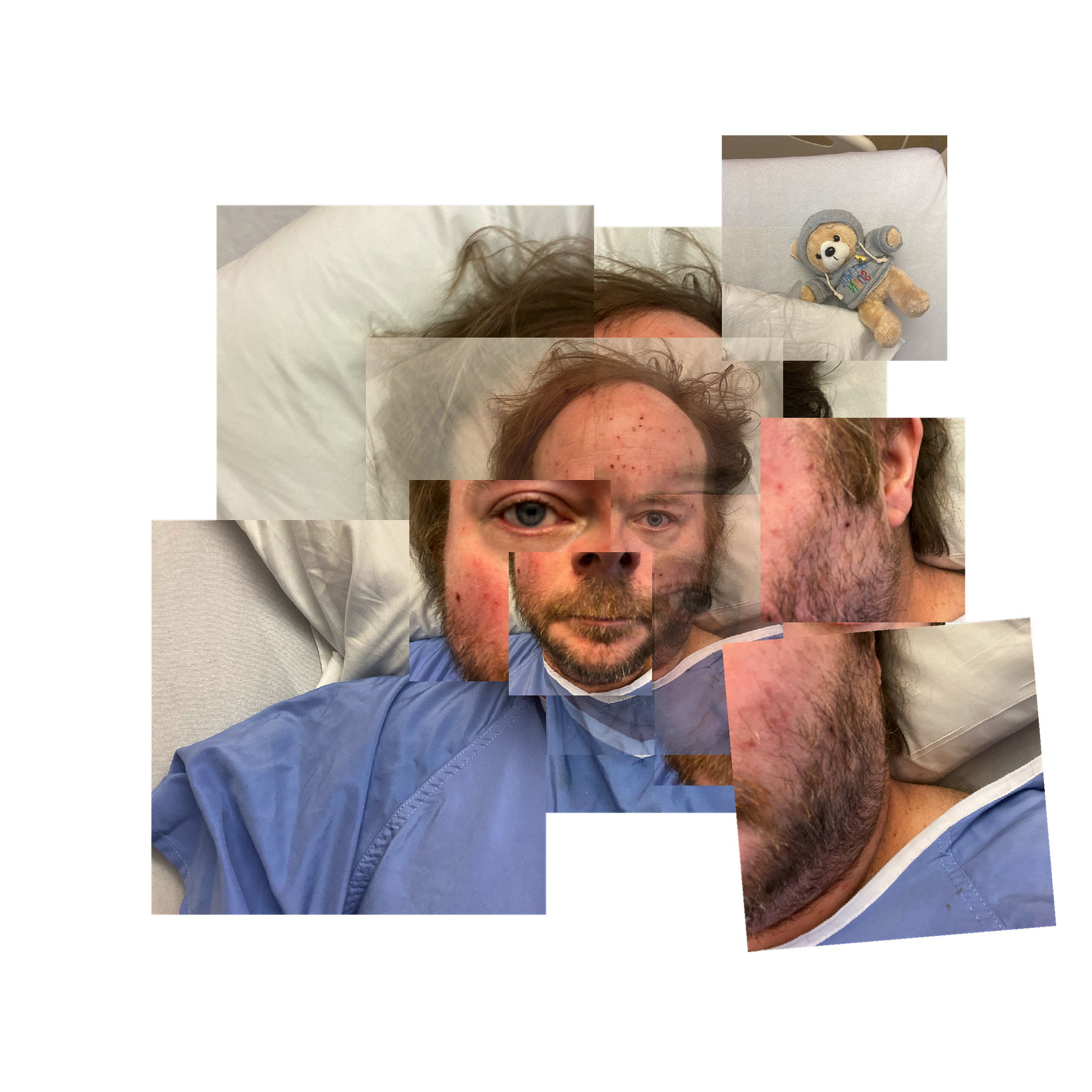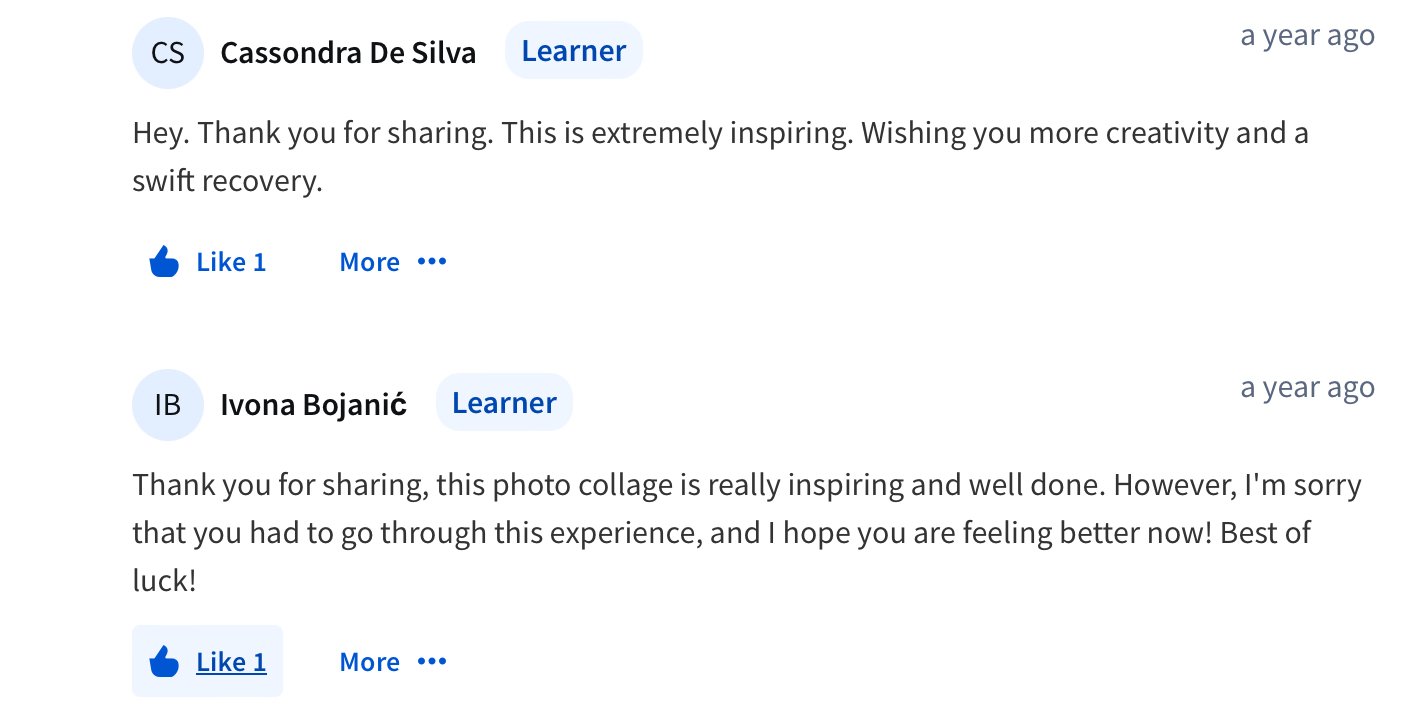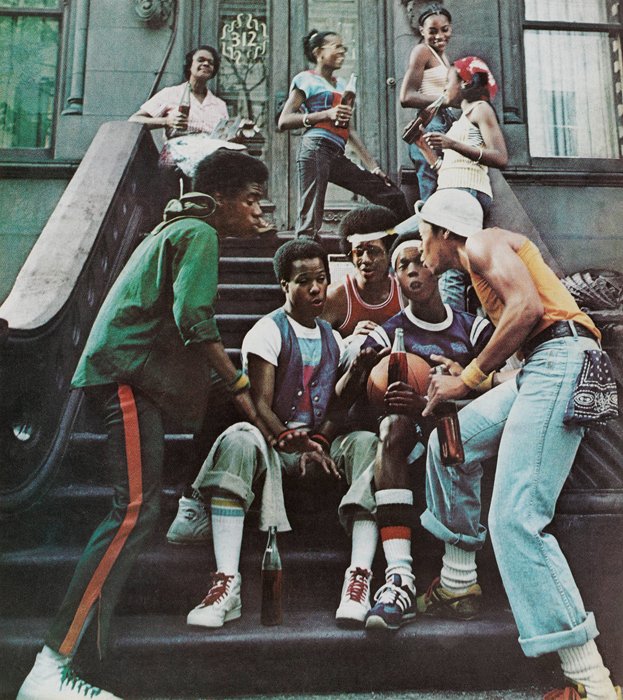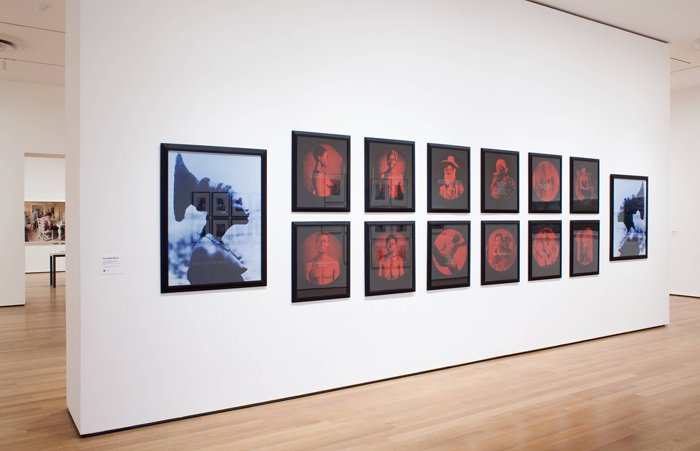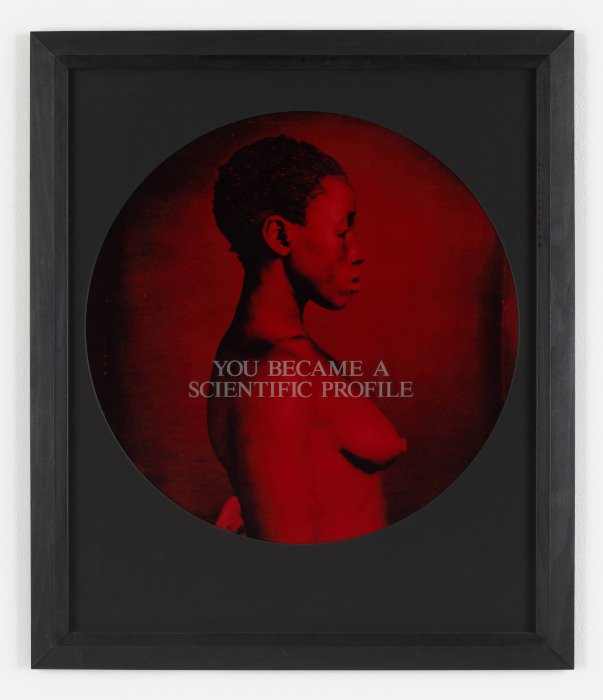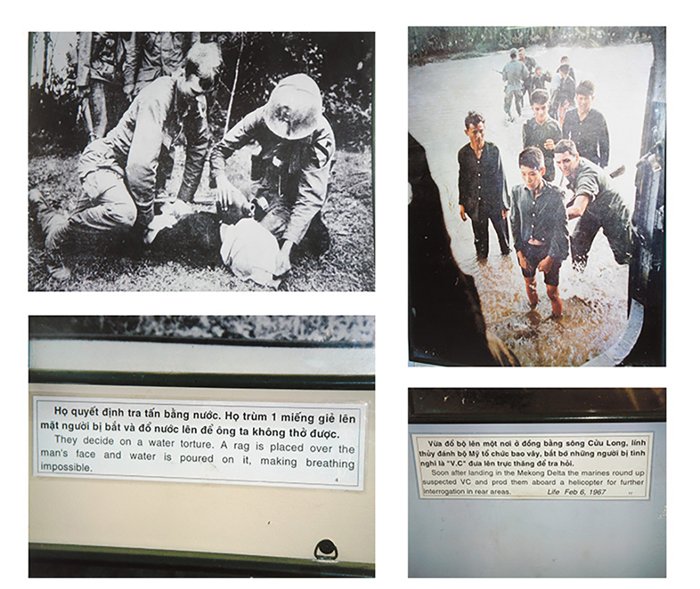Part 1 - Introduction
1.1. Introduction to Constructing Narratives, Challenging Histories
While photography has the capacity to tell personal stories and record events, photographs can also be powerful tools in complicating accepted truths and realities. Since the beginning of the medium, photographers have turned their cameras onto themselves and those closest to them, chronicling, challenging, and reimagining their identities and the society that shapes their practice. Photographs can clarify or complicate our understanding not only of intimate moments in time, but also historical narratives and current cultural issues and events.
We often perceive photographs as windows onto situations or scenes that extend beyond the edges of the picture frame, but through context and alterations, images can also distort our understanding of the world. Contemporary artists, increasingly critical of the purported objectivity of photographs, appropriate and re-contextualize images drawn from mass media, pop culture, archives, and museums. In doing so, they seek to reveal biases, challenge accepted histories, and construct new narratives.
Learning Objectives
Critique the ways photographs have been used to shape our understanding of ourselves and the world around us.
Understand how artists have re-contextualized images to challenge accepted histories.
Analyze how context and presentation of photographs influences the way we understand historical narratives and current cultural issues and events.
Video > MOMA. “From Here I Saw What Happened and I Cried | Carrie Mae Weens | UNIQLO ArtSpeaks.” YouTube, 29 Jan 2021.
Part 4 - Review & Respond
4.1.a. Reflect on your responses to the art and ideas we explored this week. What was new or surprising to you?
It was interesting to observe how photographers like Felice Beato not only ventured out at the dawn of photography as a medium to photograph conflict, but manipulated how the conflict was represented. Unable to photograph scenes of actual battles due to the long exposure times needed which would not capture action, Beato turned to staging scenes where battles had taken place to serve as the imagery he recorded in his photographs. In this respect, he was one of the first photographers to approach his subject with a clear, propagandist message in mind. In many ways, it’s an approach that mirrors how the American military approaches the documentation of conflicts it’s involved with today: it’s controlled, and censored. This desire for control arose as a response to how the Vietnam War had been handled, where photojournalists such as Nick Ut had unfettered access to the frontlines, enabling them to capture powerful and harrowing photos of the violence as it unfolded around them. Ut’s photograph, The Terror of War (1972), also known as Napalm Girl, is often credited with being the final image to help firmly cement the American public’s negative view of the war.
4.1.b. Which of the artists or works particularly resonate with you or open up different perspectives on art or the world today?
Hank Willis Thomas’s Unbranded Series is a deceptively simple yet powerful look into how advertising is constructed to appeal to a specific target audience, in this case, to Black consumers. By removing all references to the products an advertisement was created to represent, Thomas is re-contextualizing the images for his audience, allowing them to bring new meaning to the pictures on display. In this manner, Thomas’s series isn’t that dissimilar from what artist Richard Prince did with his series, Untitled Cowboys (1980-92), which saw Prince photograph Marlboro cigarette advertisements by cropping in on one part of the advertisement to remove all references to the advertisement. By doing this, Prince, like Thomas, is opening up the possibility for new meanings to be discovered by viewers.
4.2. Creative Challenge: Create a Portrait
In A Card for J.R. Plaza by Iñaki Bonillas and Untitled Film Stills by Cindy Sherman, the artists use photography to enact different identities. Using any camera you have available, create a portrait or self-portrait. Share the image, describe the choices you made, and what you aimed to convey and why.
I shot and composed this photograph on February 12, 2023 while I was hospitalized following a stroke I suffered on January 31, 2023. The photo was created in the style of a David Hockney joiner, a composition which uses many photos of a subject which are put together to form an intricate photo collage. For Hockney, joiners are able to show reality as we see it, in fragments, by showing different sides and angles of the same subject. In addition to playing with different points of view, a joiner can include photos taken at different points in time.
I chose to do this self-portrait in a joiner style to relate to how disjointed and exhausted I felt after my stroke and a struggle with chickenpox. I used 13 different photos to make the composition with Photoshop Mix, which does limit the number of layers you can use in a single project. I chose a square format for the composition so I could easily post it to Instagram, which favours a square photo format. I didn’t have any choices in regards to the clothing I wore, which was limited to a hospital gown and a pair of boxing shorts I had. My hair was a mess, even though I was showering again by this point. My skin looked worn from the rash the chickenpox gave me.
Classmate Feedback…
Review…
Hank Willis Thomas used advertisements that ran in magazines including Ebony and Jet for his UNBRANDED series (1968–2008).
To make Movie-Television-News-History, June 21, 1979, Sarah Charlesworth took all of the following steps:
Collecting several newspapers that were published on the same day;
Photographing the front pages of newspapers; and
Removing content from the front pages so that only the images, captions, and headlines remain.
The following statements are true about Carrie Mae Weems’ From Here I Saw What Happened and I Cried?
It examines how Africans and African Americans have been depicted in photographs over time;
Weems uses both text and images to construct a critical narrative; and
Weems framed the images with an oval or circular matte to mimic the effect of looking through the lens of a camera.
Felice Beato's album of photographs of the Second Opium War (1860) is not considered to be an unbiased early record of the conflict.
The following statements about Cindy Sherman’s series, Untitled Film Stills are true:
Sherman photographs comment on stereotypical portrayals of women;
There are seventy images in the series;
Sherman does not consider these to be self-portraits; and
The style of the photographs resemble promotionals photographs for Classic Hollywood, film noir, B movies, and European art-house films
Hank Willis Thomas makes the following arguments about advertisements:
They rely on prejudices;
They do not accurately represent society;
It's important to look critically at advertisements; and
They play a huge role in how we see ourselves and other people.
Photographs can clarify or complicate our understanding of intimate moments in time, historical narratives, and cultural issues and events.
Walid Raad’s My neck is thinner than a hair: Engines, sought to underscore and question photography's authority and a photograph's status as evidence.
The following served as inspiration for Dionne Lee’s artwork:
Survival skills;
The history of landscape photography; and
Trauma, displacement, and personal history.
In Harrell Fletcher's series, The American War (2005), it was not very important to him to use a professional camera that captured high quality images.
Hank Willis Thomas. The Refreshest, 1987. 2007. Chromogenic color print, 29 15/16 x 20 5/8" (76.1 x 52.4 cm).
Hank Willis Thomas. It's the Real Thing!, 1978. 2006. Chromogenic color print, 27 x 24 1/8" (68.6 x 61.3 cm).
Sarah Charlesworth. Movie-Television-News-History, June 21, 1979. 1979. Twenty-seven chromogenic color prints, printed 2010, each approx. 22 × 14" (55.9 × 35.6 cm).
Detail from Sarah Charlesworth. Movie-Television-News-History, June 21, 1979. 1979.
Carrie Mae Weems. From Here I Saw What Happened and I Cried. 1995–96. Fourteen of 33 chromogenic color prints with sandblasted text on glass, each 26 3/4 × 22" (67.9 × 55.8 cm) or 43 1/2 × 33 1/2" (110.4 × 85 cm).
Carrie Mae Weems. You Became a Scientific Profile. 1995–96. Chromogenic color print with sand-blasted text on glass, 23 7/8 x 19 15/16 (60.7 x 50.7 cm).
Felice Beato. Interior of Pehtang Fort Showing Probyn’s Horses. 1860. Albumen silver prints, 9 7/16 × 23 1/4" (24 × 59.2 cm).
Cindy Sherman. Untitled Film Still #13. 1978. Gelatin silver print, 9 7/16 x 7 1/2" (24 x 19.1 cm).
Walid Raad. My neck is thinner than a hair: Engines. 1996–2001. One hundred pigmented inkjet prints, each 9 7/16 × 13 3/8" (24 × 34 cm).
Detail from Walid Raad. My neck is thinner than a hair: Engines. 1996–2001.
Harrell Fletcher. The American War. 2005. Two diptychs from a series of 59 pigmented inkjet prints, ranging from 18 × 24" (45.7 × 61 cm), or the reverse, to 10 1/2 × 14" (26.7 × 35.5 cm).

